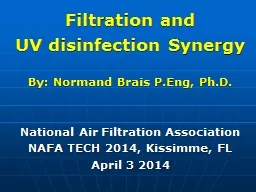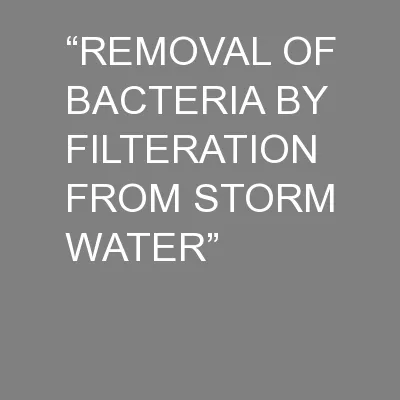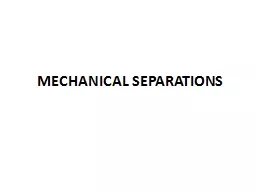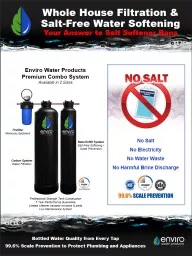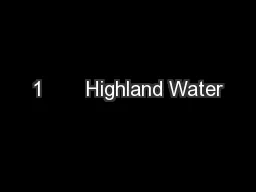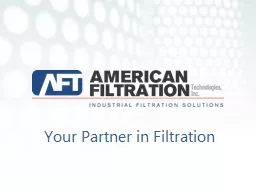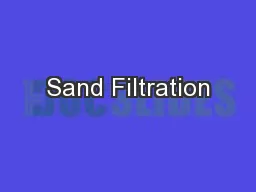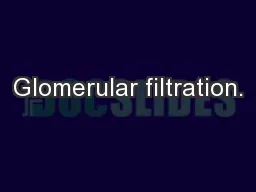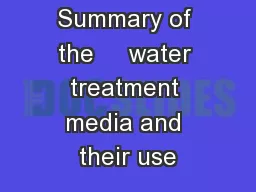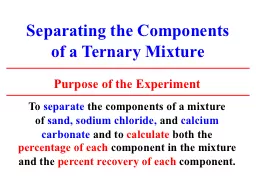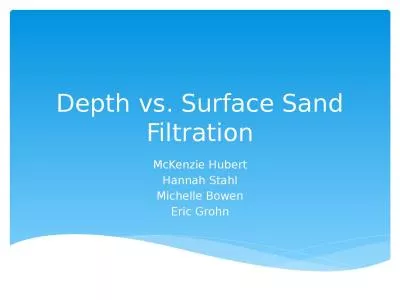PPT-Filtration and
Author : trish-goza | Published Date : 2016-04-26
UV disinfection Synergy By Normand Brais PEng PhD National Air Filtration Association NAFA TECH 2014 Kissimme FL April 3 2014 Content 1 UV Fundamentals
Presentation Embed Code
Download Presentation
Download Presentation The PPT/PDF document "Filtration and" is the property of its rightful owner. Permission is granted to download and print the materials on this website for personal, non-commercial use only, and to display it on your personal computer provided you do not modify the materials and that you retain all copyright notices contained in the materials. By downloading content from our website, you accept the terms of this agreement.
Filtration and: Transcript
Download Rules Of Document
"Filtration and"The content belongs to its owner. You may download and print it for personal use, without modification, and keep all copyright notices. By downloading, you agree to these terms.
Related Documents

